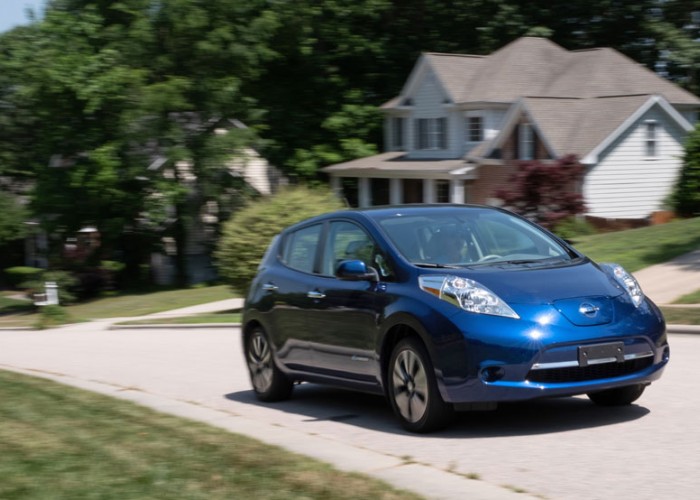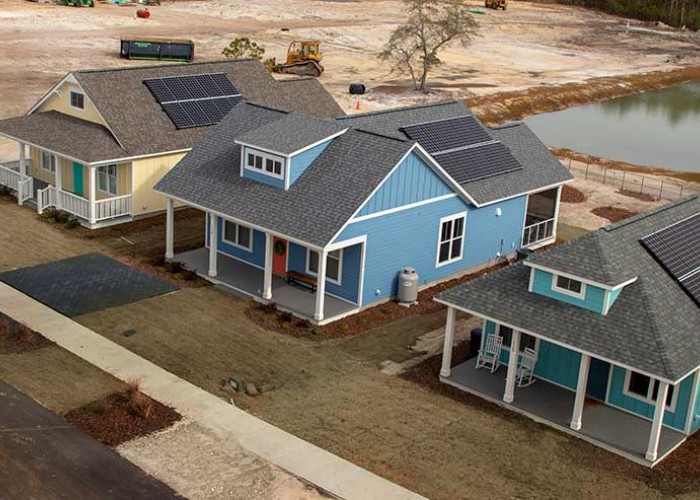Your Friendly, Neighborhood Microgrid
Advanced grid tech is cropping up on co-op lines across the state
A “microgrid” is exactly what the name implies: several electric grid components, interconnected at a specific site. They work great at locations that can benefit from increased reliability and resilience. North Carolina’s electric cooperatives are deploying microgrids across the state for a variety of applications — even neighborhoods.
Tap an icon below to learn more about each part of the microgrid.
Battery Storage
Energy storage inside homes provides a reliable, clean, quiet and cost-effective source of backup power. Larger batteries, especially tied to community solar, can serve a neighborhood.
Solar Generation
Photovoltaic solar panels, both on rooftops and in a shared community installation, can supplement power from the grid and help keep things running in the event of an outage.
Backup Generation
Generators, powered by natural gas, propane or diesel fuel (or methane, in some agricultural applications) can serve as additional backup should power from the grid become unavailable.
Smart Thermostats
Wi-Fi enabled thermostats help heating and air conditioning units run more efficiently while providing the electric co-op an opportunity to reduce overall costs by trimming energy use.*
Advanced Meters
Advanced electric meters allow for two-way communication between electric co-ops and members to help measure energy use, identify outages and enable means of reducing peak demand.
EV Chargers
Charging electric vehicles at home can often allow co-op members to take advantage of special overnight electric rates, while helping to reduce energy use during hours of peak demand.
Water Heaters
Even the humble water heater provides an opportunity for electric co-ops to reduce costs for the membership by switching off heating elements during times of high system-wide energy use, leaving plenty of hot water in the meantime.*
* Requires consumer participation in thermostat or water heater demand response programs.
Controller and Distribution Automation
Coordination is key with a microgrid, and special hardware and software provide centralized control, allowing electric co-ops to dispatch various microgrid elements when needed. With all individual components working together, electric co-ops can collect, automate, analyze and optimize data to improve the operational efficiency of the microgrid.
A Brighter Future
Our long-term plans are guided by each electric co-op’s local roots and focus on delivering value to cooperative members and their communities. Learn more about the sustainability and efficiency goals of North Carolina's electric cooperatives.
-
Innovation from electric cooperatives
-
Share this story:





